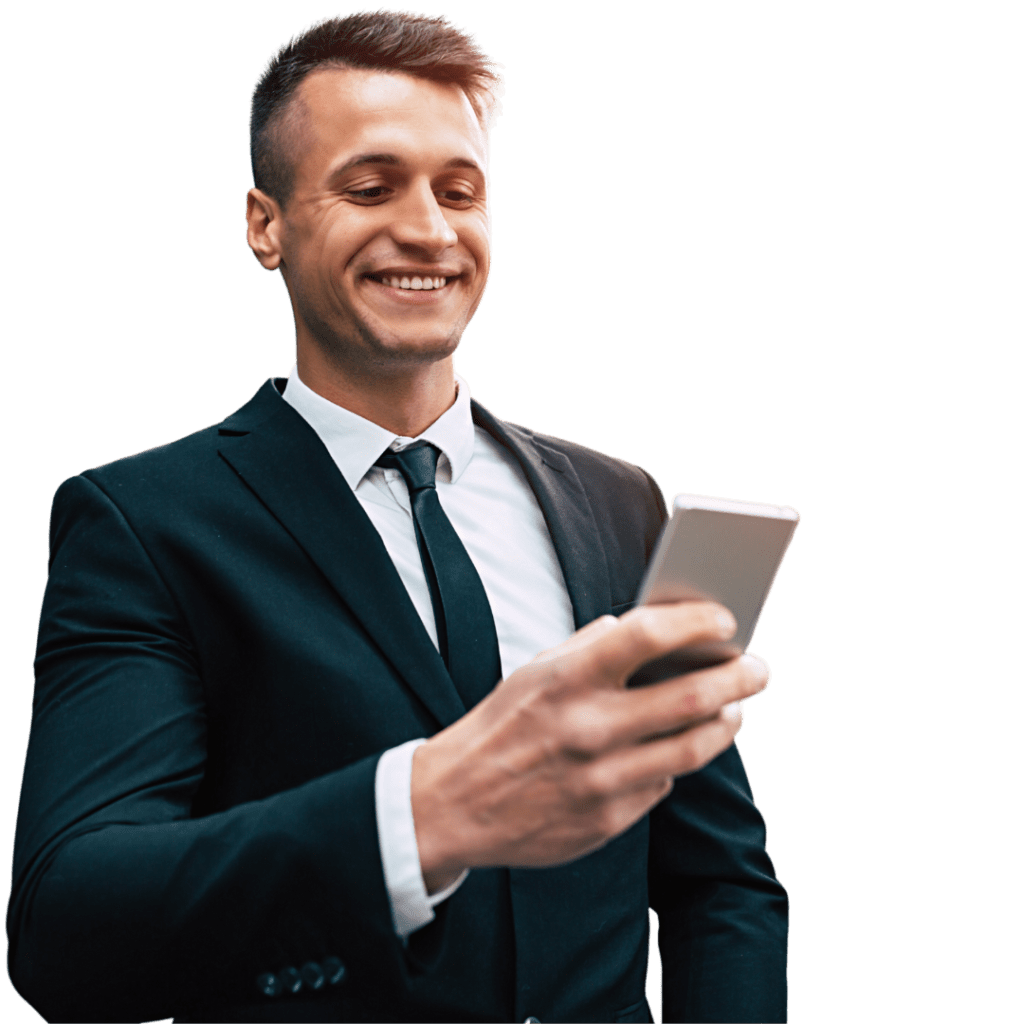Instead of heating and cooling the entire house as one whole temperature zone, HVAC zoning systems divide the space into smaller zones. Using a combination of zone control panels, thermostats and dampers–you can help homeowners improve comfort control. While this all sounds great on paper, zoning systems have had a checkered past. Learn more about how HVAC zoning works, and how far the technology has come through innovations in design and performance.
How Does HVAC Zoning Work?
“Just like your vehicle, where you may have a driver, passenger and rear passenger climate control, the same can be done for a house,” explained Rob Ambrosetti, KGG’s Training Director and REPTalk podcast host.
A zoning system’s main benefits include improved comfort for the entire home and increased energy-efficiency. Specifically, this is possible with zoning panels and dampers. Zone panels come with a static pressure sensor to measure airflow static pressure, and thermostats for each dedicated zone.

“Zone dampers are added into existing duct runs to create zones and each damper [is] controlled by its own thermostat,” said Ambrosetti. Now, dampers are available in round and square models and in various sizes to fit into the existing house ductwork.
The Benefits of HVAC Zoning Systems
Throughout a home or building, some rooms with direct sun exposure are warmer while others in shaded areas are cooler. During air conditioning season, some rooms are likely hotter on higher floors while the downstairs areas are comfortable. Even in the heating season, spaces upstairs might be noticeably colder while the lower floors are comfortable. HVAC zoning systems addresses all of these concerns. By installing a set of dampers and thermostats, zoning systems controls airflow into rooms, or zones, to help even out the indoor temperature throughout and enhance occupant comfort.
A Checkered Past for Homeowners and Contractors Alike
In the past, contractors assembled conventional zoning systems on-site, patching together multiple components and systems. Consequently, many contractors and homeowners alike were left disappointed by zoned forced air systems. For contractors, zoning was historically difficult to install and somewhat unreliable. Past zoning panels also didn’t include smart technology, built-in sensors or safety measures. The lack resulted in:
- Consistent system errors
- Money and time-consuming callbacks
- Damaged equipment
- Replacements
- A reluctance to sell zoning systems to homeowners
Homeowners, sold on the benefits of these top-dollar systems, were also disappointed to find the solution fail shortly after installation. The promise of HVAC zoning systems left homeowners dissatisfied with both the systems and the contractors who installed them.
Home Zoning Systems Today
Today, HVAC zoning systems are smarter, more reliable and efficient. Manufacturers like Clean Comfort, have developed better zoning components and dampers. They also simplified the performance, integration and installation process.
“You don’t need a Ph.D. to set up zoning systems anymore to meet the customer’s requirements,” said Steve Stout, President of Kennies Indoor Comfort Specialists, an HVAC contractor based in Northern California for a Contracting Business article. “They are much simpler to set up, monitor, adjust, program and use. They can complement high-efficiency variable-speed blowers, and offer a lot of flexibility in the staging, bypass and purge times.”
Still not entirely sold? Check out this Q&A with KGG’s Training Director Rob Ambrosetti who discusses the benefits of selling residential HVAC zoning systems.
This article features IAQ answers from Rob Ambrosetti. KGG consulting staff edited the interview and further elaborated on the topic for clarity.




